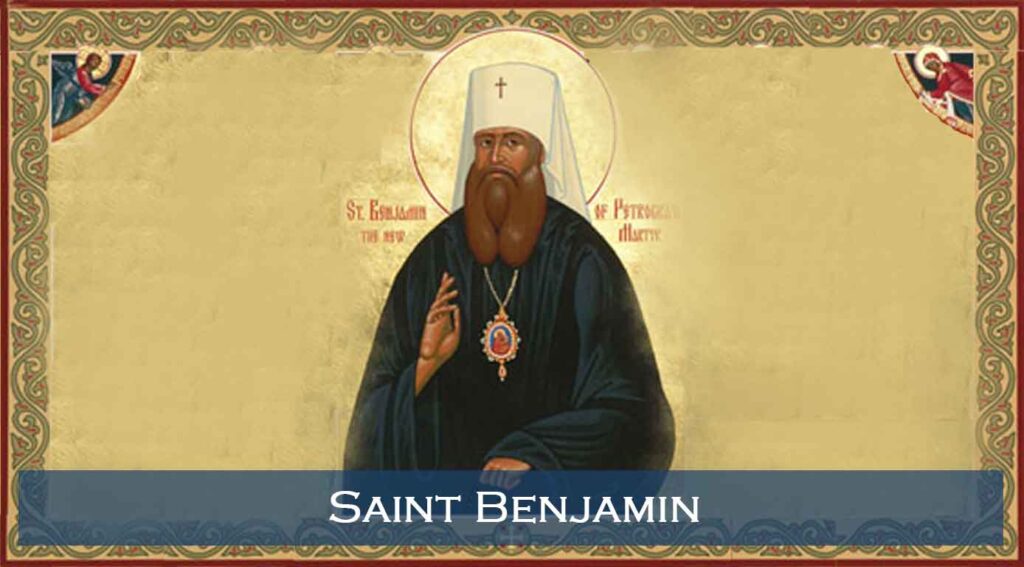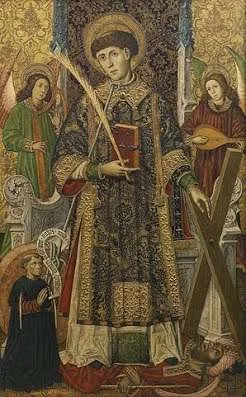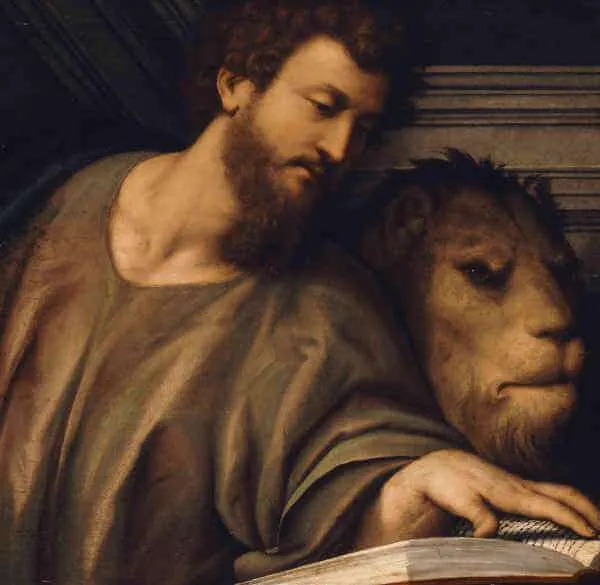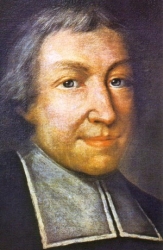1819–1867; Invoked against cancer; Beatified by Pope John Paul II on April 9, 2000
Francis Xavier Seelos was born in the town of Füssen, in the Kingdom of Bavaria, modern-day Germany, into a family of twelve children, nine of whom survived into adulthood. His parents were deeply devout and had him baptized the same day he was born. His father later became the sacristan of the local parish church, and Francis assisted him as an altar boy. From an early age, Francis manifested a strong faith and devotion to God, often playing priest with his friends. At the age of five, he began his education in a one-room schoolhouse for boys. At the age of twelve, he completed his primary school, receiving marks of excellence for diligence, conduct, religion, reading, and handwriting. It was then that he expressed a sincere interest in becoming a priest. When the local pastor learned of this, he helped arrange for him to attend secondary school at the Institute of Saint Stephen in Augsburg, about eighty miles north of their hometown. Around the age of twenty, Francis went to the Ludwig-Maximilian University in Munich where he studied philosophy and theology for three years. During this time, he became acquainted with the Congregation of the Most Holy Redeemer (Redemptorists) and was admitted to that order at age twenty-two.
The Redemptorists were founded in 1732 by Saint Alphonsus Liguori for the purpose of evangelization and pastoral care. Their ministry was especially devoted to the poor and abandoned, and all who were materially or spiritually marginalized. They also preached parish missions, preaching in down-to-earth and practical ways, helping people to encounter a personal relationship with Christ their Redeemer, through catechesis, preaching, confession, and spiritual direction.
Francis especially felt drawn to minister to the spiritual needs of the German-speaking people of the United States. At that time, there were many first-generation German-speaking Catholics in the U. S. who formed close bonds among themselves, centered around German-speaking churches. These newly established communities were quite different from the well-established communities the immigrants had known in Europe. After reading about the needs of these immigrants, Francis requested and received permission to travel to the United States to complete his studies. After a month-long journey by ship, he arrived in the port of New York in 1843, completed his studies, and was ordained a priest in Baltimore on December 22, 1844, at the age of twenty-five. He celebrated his first Mass on Christmas Day.
As a newly ordained priest, Father Seelos was assigned to the Redemptorist Church of Saint Philomena, Pittsburgh, Pennsylvania, as an assistant. The pastor of that parish was none other than Father John Neumann, who was also the superior of the Redemptorists. Eight years after Father Seelos arrived, Father Neumann became the Bishop of Philadelphia, and later the first American bishop to be canonized a saint. Father Seelos’ time with Father Neumann taught him much about pastoral ministry and filled him with an active zeal for souls, helping him to become a good spiritual director and confessor.
In 1851, Father Seelos became pastor of Saint Philomena and Rector of the local Redemptorist community. A year later, he was assigned as pastor of the massive parish of Saint Alphonsus in Baltimore, Maryland, where he served for a few years before illness led to a transfer to a smaller parish. For the next nine years, Father Seelos served in a variety of parishes in Maryland and also was appointed as the Redemptorist novice master to oversee the seminarians.
Throughout the first nineteen years of ministry, Father Seelos became well known and well loved as a good pastor and compassionate confessor. While he drew his own parishioners to Christ, many people from neighboring parishes also flocked to him. His homilies were rich in biblical themes, practical, and understandable by all. He was manifestly sincere, always showed a deep concern for the poor, sick, and marginalized, and formed those same pastoral virtues in his seminarians. He was generous with his time, always more concerned with the needs of his people than his own. He was an excellent shepherd to the youth, whom he saw as the future of the Church, making their formation the highest priority.
Around the age of forty-one, the bishop of Pittsburgh recommended Father Seelos for the episcopacy. Father Seelos, however, wrote to the Holy Father and stated that it would be a “calamity” if he were to be made a bishop. The Holy Father respected his wishes and passed him over.
In 1863, two years after the start of the Civil War, the United States Congress passed the Enrollment Act, a law that required every able-bodied man between the ages of twenty and forty-five to register for military service. Being far more concerned about the spiritual welfare of the people than the demands of warfare, Father Seelos personally met with President Abraham Lincoln to request an exemption for Redemptorist seminarians, which was warmly granted.
In that same year, a fellow Redemptorist accused Father Seelos of not being firm enough with the seminarians, as was the custom in Europe. As a result, Father Seelos saw an opportunity to serve God in a new way. Between the years of 1863 to 1866, he dedicated himself to the parish missions, a central ministry of the Redemptorists. He preached at both English- and German-speaking parishes across Connecticut, Illinois, Michigan, Missouri, New Jersey, New York, Ohio, Pennsylvania, Rhode Island, and Wisconsin.
After two years as an itinerant preacher of parish missions, and after a year as a simple priest in a parish in Detroit, Father Seelos was assigned to Saint Mary of the Assumption Church in New Orleans. As a parish priest once again, Father Seelos threw himself into his ministry. His smile, joyful and welcoming demeanor, and pastoral zeal made a powerful impact. He especially showed deep concern for the poor and marginalized, and many sought out his spiritual guidance and prayers. A year later, when yellow fever broke out in the city, Father Seelos selflessly ministered to the sick, without concern for himself. As a result, he contracted the disease and died on October 4, 1867, at the age of forty-eight.
In many ways, Father Seelos’ life was not extraordinary. He did not become a bishop, found a new order, write profound theological treatises, or die a martyr. What made him extraordinary was that he lived as an ordinary shepherd of souls with extraordinary diligence and love. He was a pastor at heart, and the people of God were profoundly affected by his priestly ministry. One hundred and thirty-three years after his death, he was beatified by Pope John Paul II during the jubilee year of 2000, leaving many in hopeful anticipation of a future canonization.
As we honor this holy priest who was extraordinary in his ministry, ponder the fact that we are all capable of living extraordinary lives within the ordinary rhythm of life. Sanctity is not about doing great things; it’s about doing our daily duty with great love, one moment at a time, loving one soul at a time. If you see your life as one that reflects the ordinary, allow Blessed Francis Xavier Seelos to inspire you to live that ordinary life with extraordinary love and virtue, touching lives in every way God inspires you to do so.
Source: https://mycatholic.life/saints/saints-of-the-liturgical-year/usaoctober-5—blessed-francis-xavier-seelos-priest/







